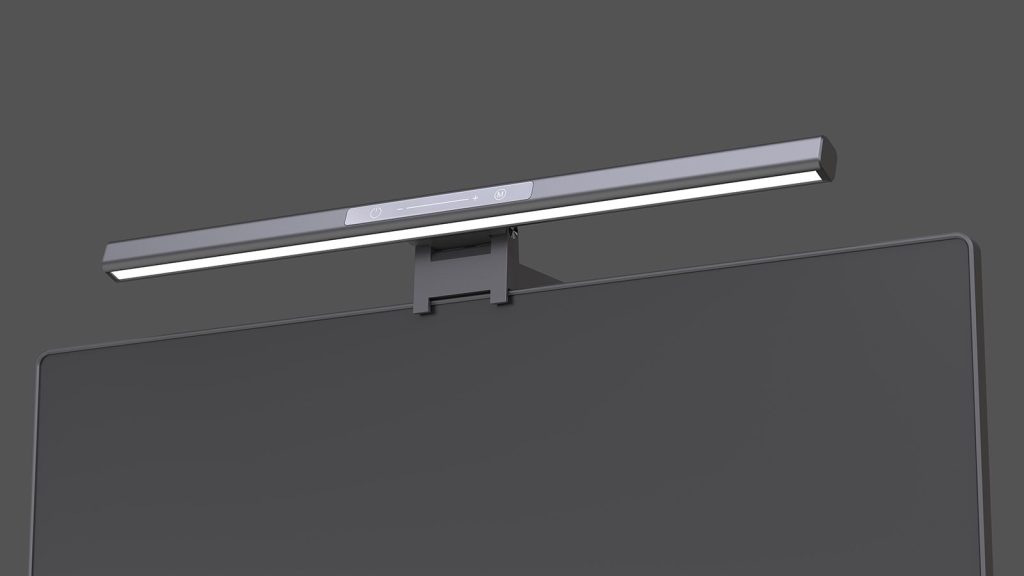Lighting Knowledge
Basic Lighting Knowledge
Nowadays, we live under the light and we cannot live without light. Sometimes we will feel scary if no light in the dark. While very little perople pay attention on it because it has become a part of our life.
So in order to help people select the light and know the lighting science, we will give some basic lighting knowledge to you.
1) Lumen (lm)
Lumen is the international(SI) unit of luminous flux, a measure of overall light emitted by a light source.

2) Candela (cd)
Candela is the international(SI) unit of luminuous intensity, a measure of light emitted by a light souce in a particular direction.
Any given light source will have different luminous intensities in different directions considered.
[candela = lumen/solid angle]

3) Beam Angle [Unit : degree]
Beam angle is the angle between two directions for which the luminous intensity is 50% of the maximum intensity as measured in a plan through the nominal beam centerline. The beam angle of a lamp gives an idea of how the light beam spread away form the beam center.

4) LUX (lx)
Lux is the international(SI) unit of illuminance, a measure of light arriving at a surface, 1 lumen per square foot equals 1 footcandle, while 1 lumen per square meter equals 1 lux.
[lux = lumen/m2]

5) Color Temperature / Correlated Color Temperature (CCT)
A black-Body radiator will have different color when it is heated up to different temperature(in kelvin). The temperature at which the heated black-body radiator matches the color of the light source is the color temperature of the light source.

6) Color Rendering Index (CR)
Color rendering index, ranged from 0-100, measures a light source’s ability to reproduce the color of various objects being lit by reference light source, black body radiator (CRI=100)
7) Efficacy (lm/W)
Efficacy is the effciency of a light source to convert electricity power to light expressed in lumen output per unit power input (watt)
[Efficacy = lumen / wattage]
8) Design Life Time
Design life time is the average life of lighting product when it is operated at nominal lamp voltage, current and controlled working environment. Actual lamp life time varies because of difference from those rating condition.
9) Dimmability
Not all lighting prodcuts are designed for dimming function. Dimming a non-dimmable LED lighting product will cause un-predictable result and may affect the life time of the products. The below figure shows the typical input current variation while adjusting the DC voltage input to dimmable and non-dimmable product.


